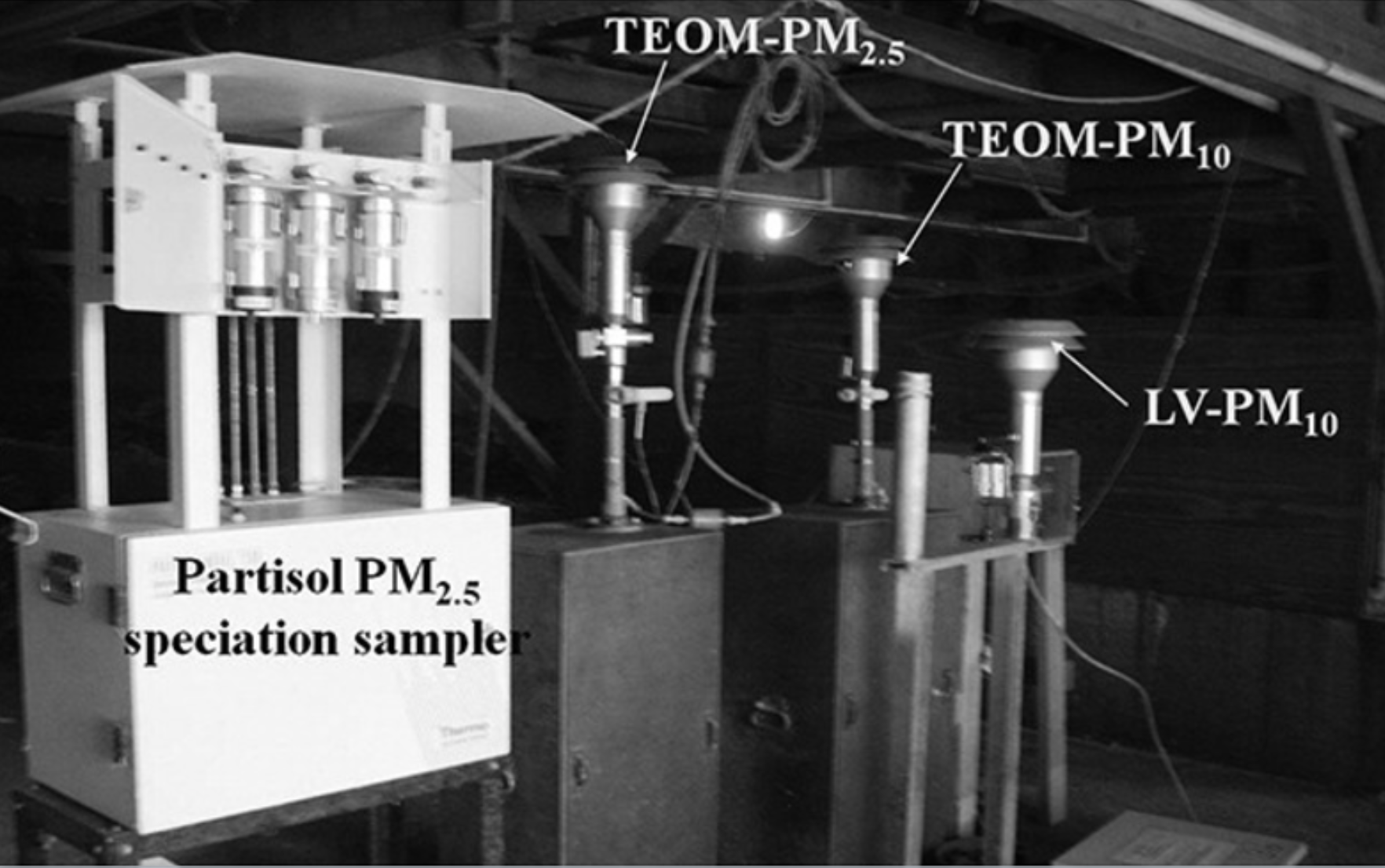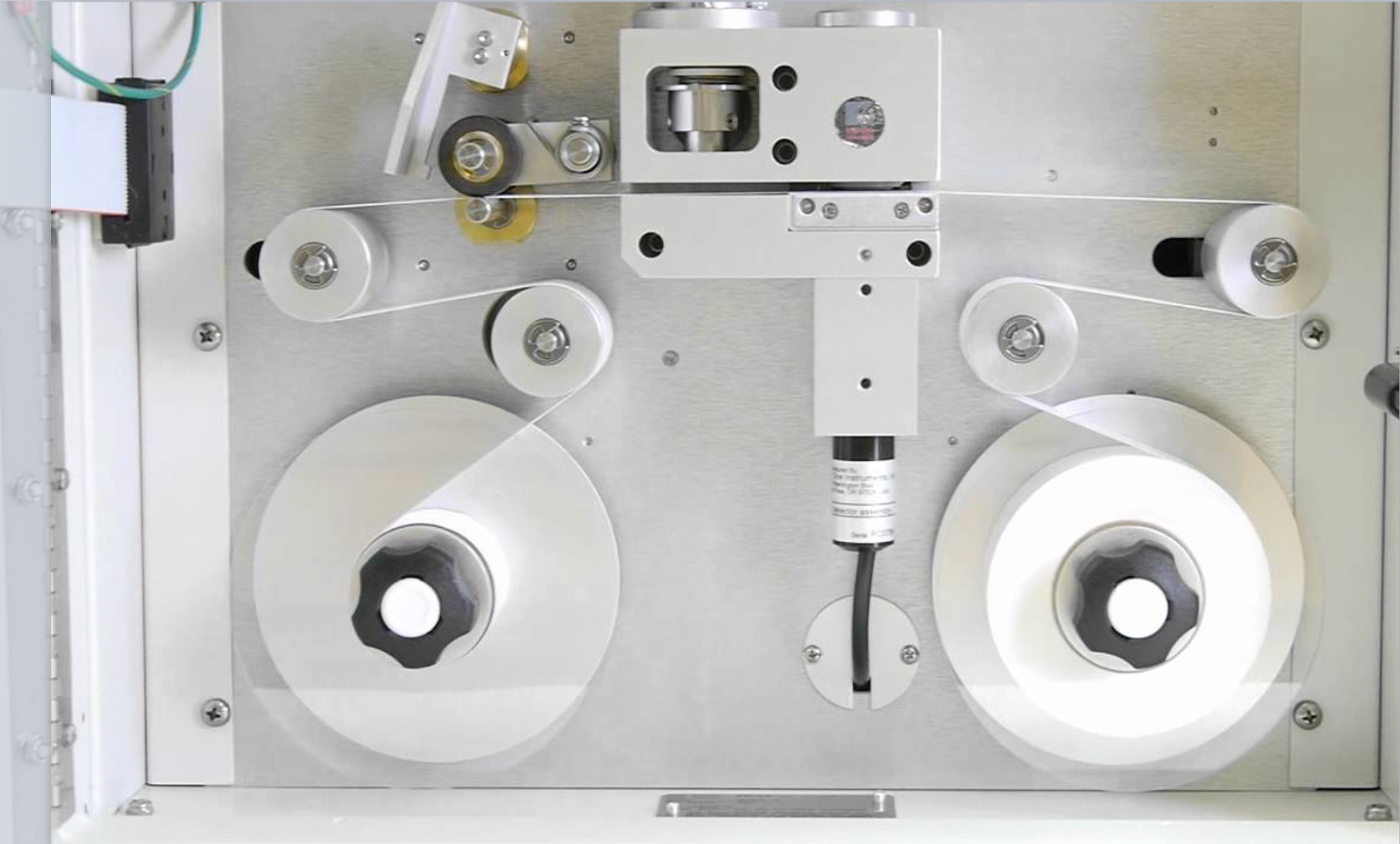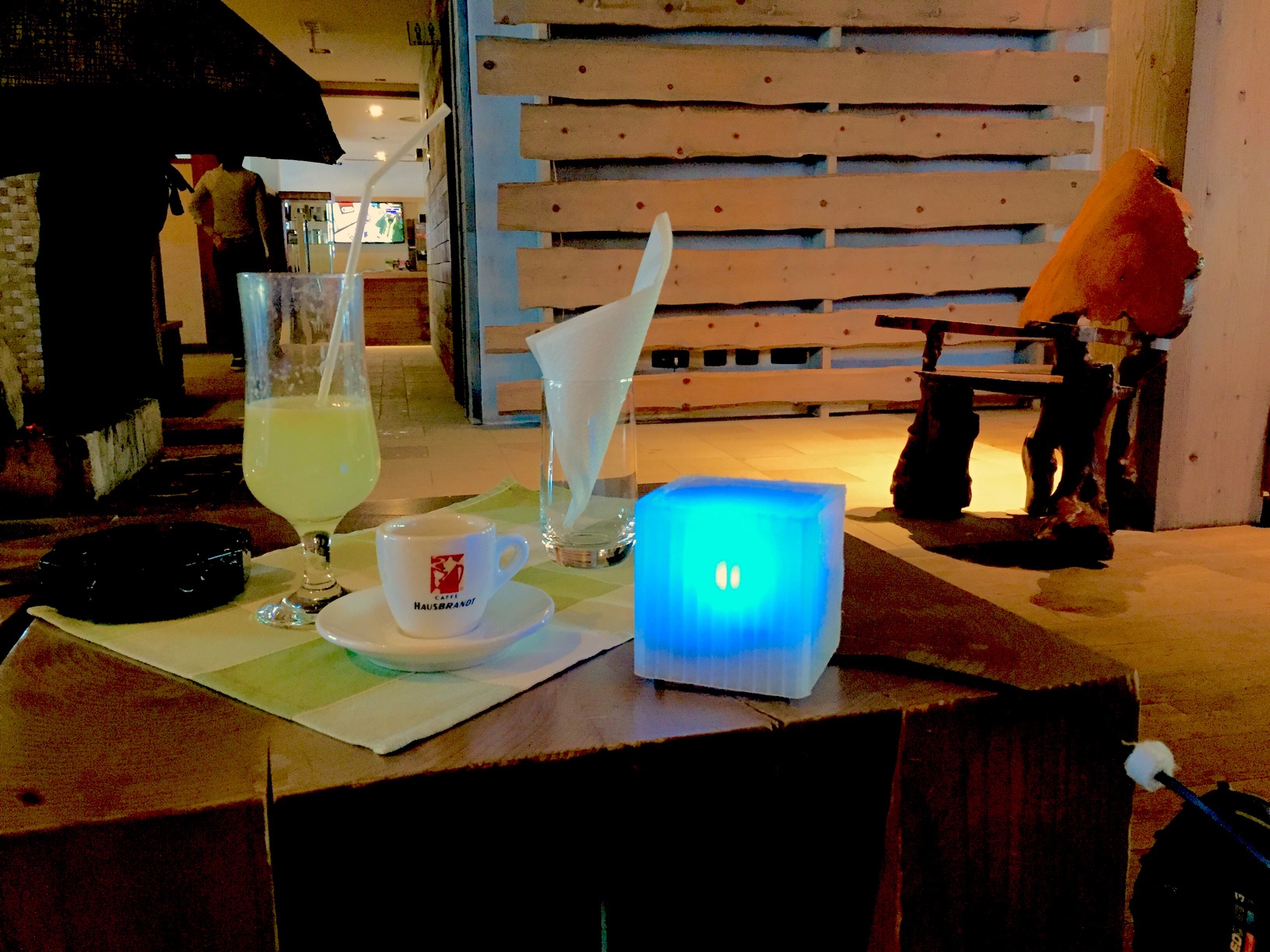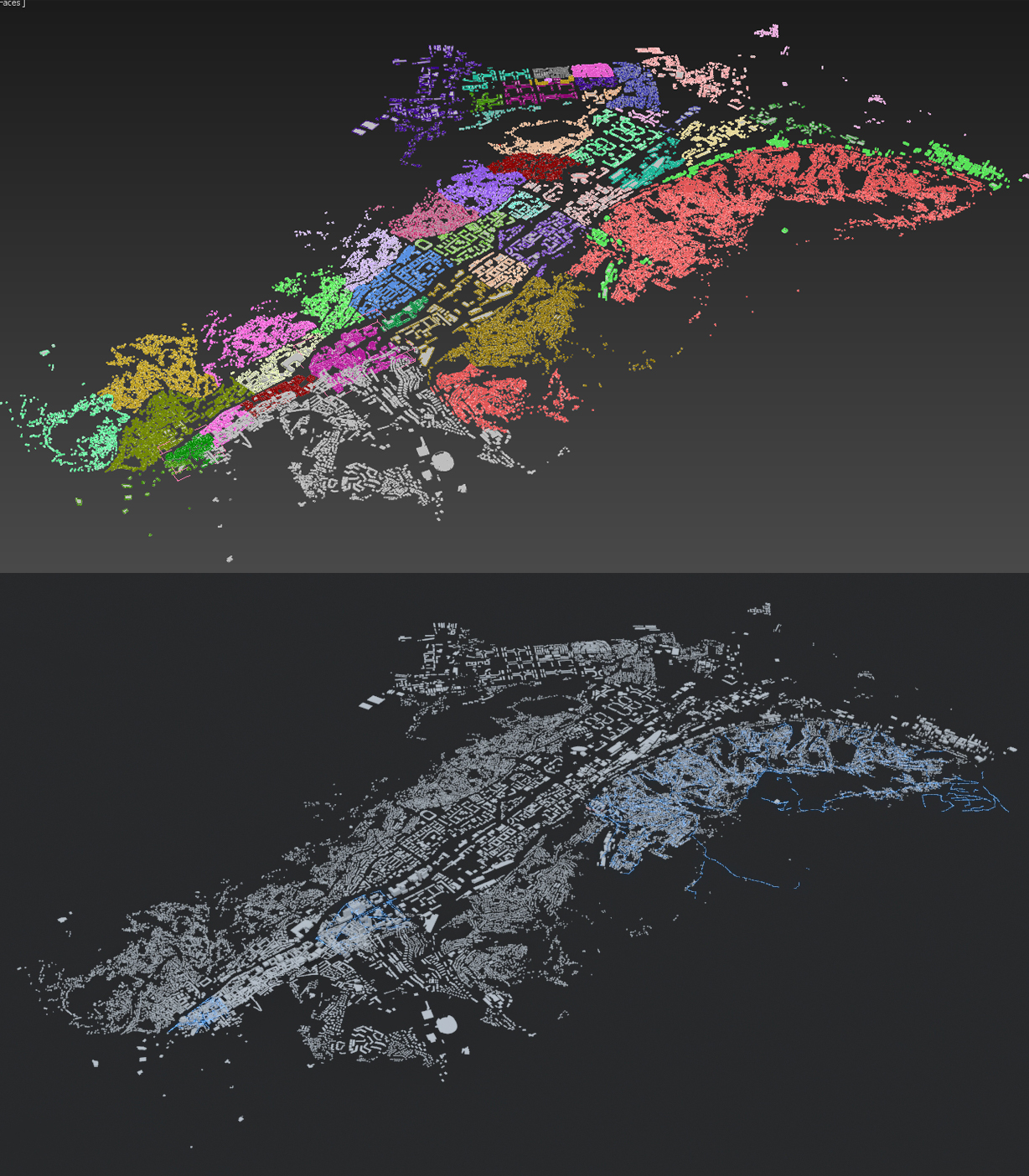2. Outdated vs New Air Monitoring
2.1. The old and outdated systems
Often we hear that data is being measured already, small stations are not accurate, etc. So let us address that first quickly so we can have more fun with tech. In Sarajevo and other similar places, there is a limited monitoring infrastructure set up usually by the local Ministry for Environmental Protection or similar organizations. In Sarajevo specifically, there are five meteorological stations located in Vogosca, Vijecnica, Ilidza, Center, and Otoka. These monitoring stations provide data on the weather and various pollutants such as PM10, SO2, NO2, and CO2; however, these stations are not always functional and use old fashion PM10 monitors particularly prone to malfunction. More importantly, there is no sensors for collecting data the most dangerous and hence most important pollutants: PM2.5 and even more dangerous PM 1.
In addition, the equipment is old, unwieldy, difficult to maintain and hence unreliable for data collection. The technological advancements since their installation have been immense and evolved a great deal.

Old School Stations are huge!
These old school stations often use glue tape, that captures dust and then they scan that tape it for data (no we are not kidding, and yes we know it is 2020 :).

Tape based PM10 sensors
To make it worst they cost a fortune, often north from $50.000. What makes them so expensive is outdated bureaucracy surrounding certification, certain error margins, etc. In short old school stuff.
2.2. The new way
Sensors used today in modern cities are measuring more data points and cities like Sarajevo should have at least 150-200 measuring points. New systems/sensors are way cheaper, smaller, portable, easier to maintain and friendlier to use. Higher quality results are achieved thanks to the resolution of coverage and the sheer amount of live and constantly streaming data. All data is represented in apps, analyzed in AI algorithms and used to create engagement, solutions and ultimately action toward higher-quality living. The simple way to explain is to think about it as what happened when Google pushed hard for distributed computing in the cloud and by using multiple cheep and redundant machines replaced expensive and outdated mainframes. New systems although each of them is presented as less reliable than big outdated and expensive ones, together they provide 10x and in some cases a 100x more accurate picture of what is really going on, and because of the sheer number of them, they are always up.

When these laser-based sensor network collect data from 100+ locations, the platform provides real-time high-resolution models of localized and high-quality information on pollution. And because there are so many of them if some of them are creating bigger error margins then other these offsets are easily corrected in software, rather then in a mechanical world. This means that it will be possible to identify and reduce pollution sources even on the level of the local communities. Or in simple words, if someone lights garbage on fire now everybody knows about it, exact location and in the real-time and it is displayed for everybody to see it on the web, mobile or 3D maps.

But it does not stop there - now you can build these sensors stations yourself, here is a picture of one of the first prototypes that are built by our economist, after few hours of playing with the platform. It is really that easy. These stations were so far built by techies, but also moms with no previous technical experience after just a few hours of training. We go an extra mile to make them easy to understand after they are put together too. Blue means great, red turn that air purifier on high fast :) (and everything in between).

First Boxy prototypes
Sensors measure particulate matter PM 1, PM 2.5 and PM 10, but they also measure and collect correlating data like temperature and humidity.
All data is available to anyone with an internet connection, with no restrictions. You can see it on the web, mobile app, notification lamps, 3D software, your computer, it can be spoken to you by home automation devices, displayed on the small touch screen attached to your walls, or you can build your own creative solution.

The measurement data from the sensors is also fed into a shared and public open database and serves as the basis for creating smart analytical and AI tech solutions towards cleaner air in Sarajevo.
In addition, software and hardware designed and developed during this project are created in such a way as to serve as a basis for tackling the same issue in many other cities with the same problem. So if you are not from Sarajevo, feel free to use it, it works just fine for any geo-location.
From the start, the solution was also developed to be used by the open-source community, i.e. freely available to use by many others locally and worldwide with similar problems and goals. We believe that together we can do more. These efforts are so far mostly spearheaded by the young people of Sarajevo, but we already been helped by great guys from Mostar, San Francisco, Tuzla, Amsterdam, Barcelona, Dubrovnik, Zagreb, Belgrade, Novi Sad, Split, Dubai, Melbourne, Sidney, London, Ljubljana and many other wonderful people from many wonderful places (thank you all, especially those that we forgot to mention). Together through the process, we learn how to solve these problems ourselves, creating a critical mass of young thinkers and innovators who contribute to our community and their own cities. We love you all.
Updated almost 6 years ago
